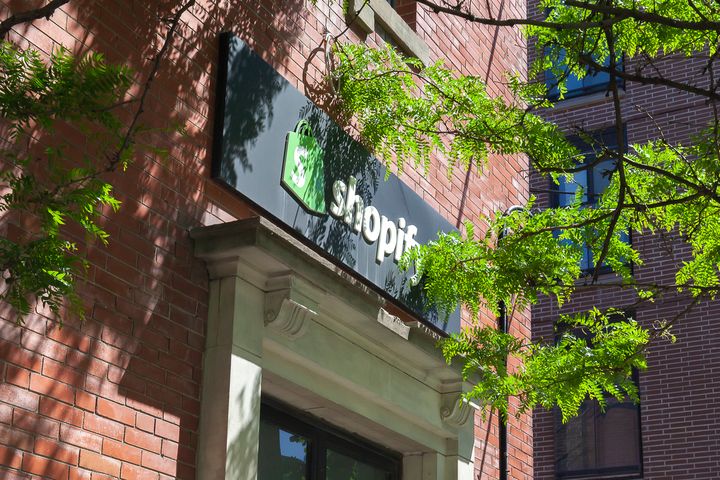8 Critical Red Flags to Avoid When Dropshipping from Taobao and AliExpress
Dropshipping from Chinese e-commerce giants like Taobao and AliExpress can be a lucrative business, but it comes with its own set of challenges. One of the most crucial aspects is finding reliable suppliers.
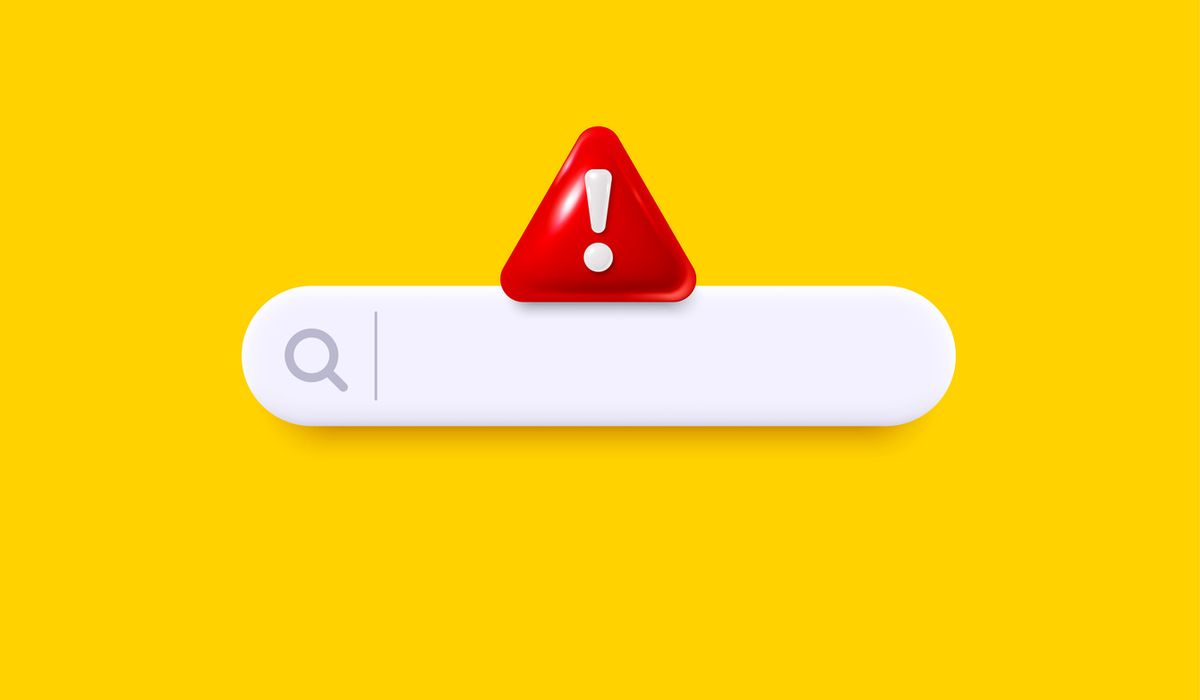
Dropshipping from Chinese e-commerce giants like Taobao and AliExpress can be a lucrative business, but it comes with its own set of challenges. One of the most crucial aspects is finding reliable suppliers. Here are some specific and practical red flags to watch out for to ensure you partner with trustworthy suppliers and avoid potential pitfalls.
1. Poor Supplier cs and Reviews
What to Look For:
- Low Overall Ratings: Suppliers with ratings below 90% on AliExpress or low scores on Taobao might have a history of poor performance.
- Negative Reviews: Read through the reviews carefully. Look for patterns in customer complaints, such as delayed shipping, poor product quality, or inaccurate descriptions.
Practical Tip:
- Sort Reviews by Date: This helps you see recent feedback, giving you a current picture of the supplier's performance.
- Contact Previous Buyers: If possible, reach out to reviewers to ask about their experience.

2. Unclear or Inconsistent Product Descriptions
What to Look For:
- Inconsistent Details: If the product description is vague, inconsistent, or seems to be copied from other listings, it might indicate a lack of professionalism or attention to detail.
Practical Tip:
- Request Additional Information: Contact the supplier for more detailed product specifications, images, or videos to verify the authenticity and quality of the product.

3. Unresponsive Customer Service
What to Look For:
- Delayed Responses: If the supplier takes too long to respond to your inquiries, it could indicate potential communication issues down the line.
- Unhelpful or Generic Answers: Suppliers who provide vague or unhelpful responses might not be reliable partners.
Practical Tip:
- Test Communication: Send a few questions before placing your first order to gauge their responsiveness and willingness to assist.

4. Lack of Detailed Supplier Information
What to Look For:
- Incomplete Profiles: Suppliers with incomplete profiles, missing contact information, or lack of business verification are risky.
- No Physical Address: Absence of a verifiable business address can be a major red flag.
Practical Tip:
- Verify Supplier Information: Use tools like Google Maps to check the supplier’s address. Look for additional verification on platforms like Alibaba, where suppliers often have more comprehensive profiles.
5. Too-Good-to-Be-True Prices
What to Look For:
- Significantly Lower Prices: Prices that are much lower than the market average can be tempting but often come at the cost of quality.
- Hidden Costs: Watch out for hidden fees or unusually high shipping costs that might not be apparent at first glance.
Practical Tip:
- Compare Prices: Compare the prices of similar products from different suppliers to get a sense of the market rate. If a deal seems too good to be true, it probably is.
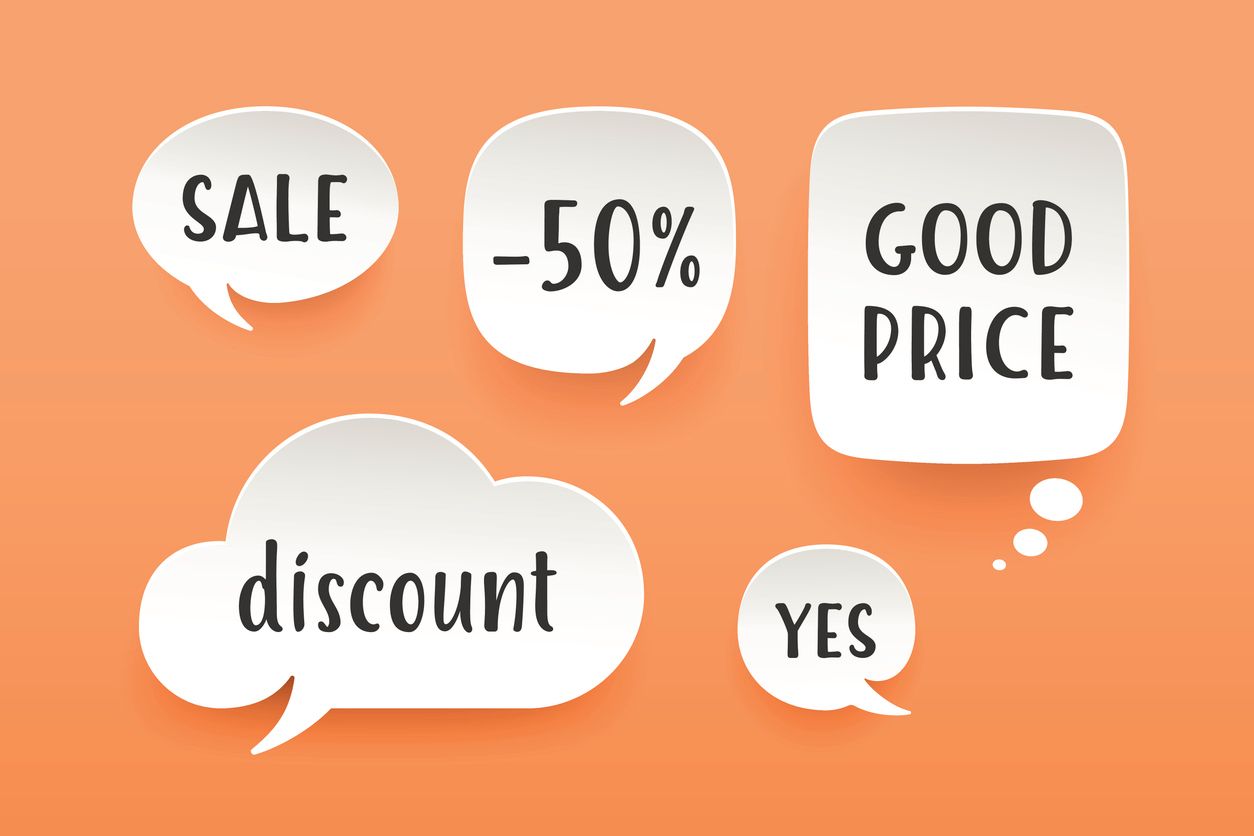
6. No Return or Refund Policy
What to Look For:
- Absence of Policies: Suppliers who do not offer clear return or refund policies can be problematic, especially if you need to handle customer returns.
- Complicated Procedures: Policies that are overly complicated or have stringent conditions can be a red flag.
Practical Tip:
- Clarify Policies: Before placing an order, ask the supplier to clarify their return and refund policies. Ensure they align with your business needs and customer service standards.

7. Stock Availability Issues
What to Look For:
- Frequent Stock Outs: Suppliers who regularly run out of stock can disrupt your business operations and customer satisfaction.
- Inconsistent Inventory Levels: Sudden changes in inventory levels without notice can be a sign of unreliable supply chain management.
Practical Tip:
- Monitor Inventory: Regularly check the supplier’s inventory status and ask about their stock management practices to ensure they can meet your demands consistently.
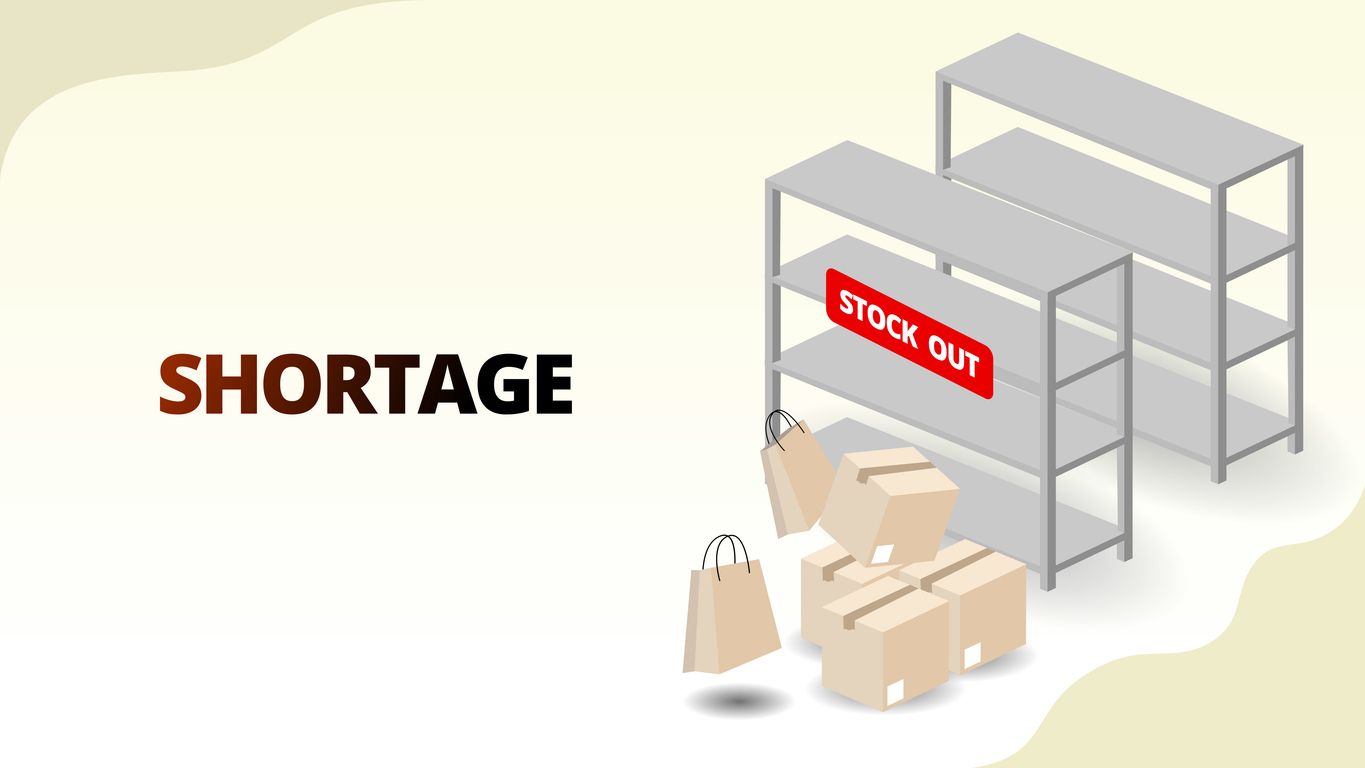
8. Fake or Stolen Images
What to Look For:
- Generic Images: If the product images look too generic or are found on multiple listings, they might not be original.
- Watermarked Photos: Images with watermarks from other sellers or websites can indicate that the supplier is using stolen content.
Practical Tip:
- Request Real Photos: Ask the supplier to provide real photos of the product, ideally with a timestamp or a note with your name to verify authenticity.
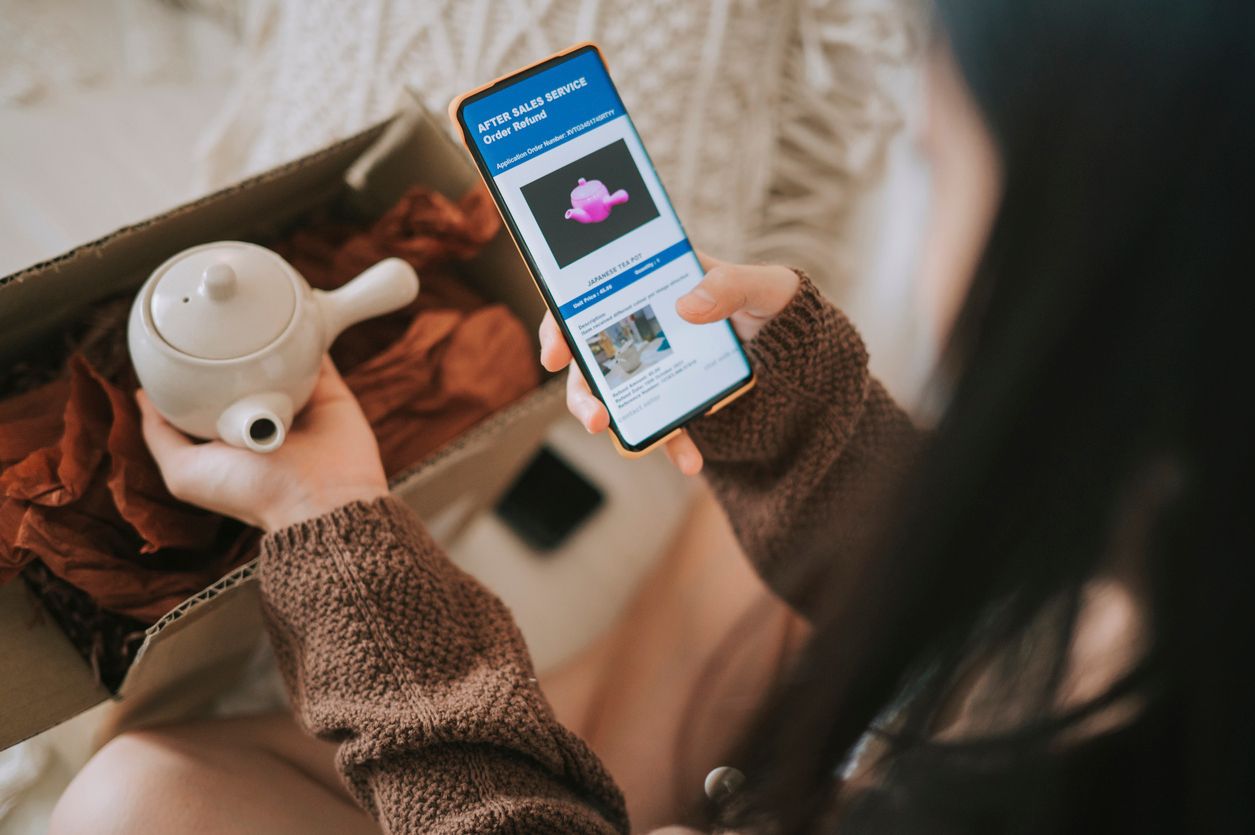
You can also leverage BuckyDrop to find the products you want
BuckyDrop covers commodities from all Chinese e-commerce platforms, including Taobao, providing you with a user-friendly platform to easily start and manage your online retail business.
In the competitive world of dropshipping, having a standout product listing can be the difference between success and failure. When reselling products from platforms like Taobao and AliExpress, it’s essential to optimize your listings to attract and convert customers. This blog post will provide specific and practical tips to enhance your product listings for better visibility and sales.
Learn More
➜ BuckyDrop Website
➜ BuckyDrop Blog
➜ Contact Us: marketing@buckydrop.com



